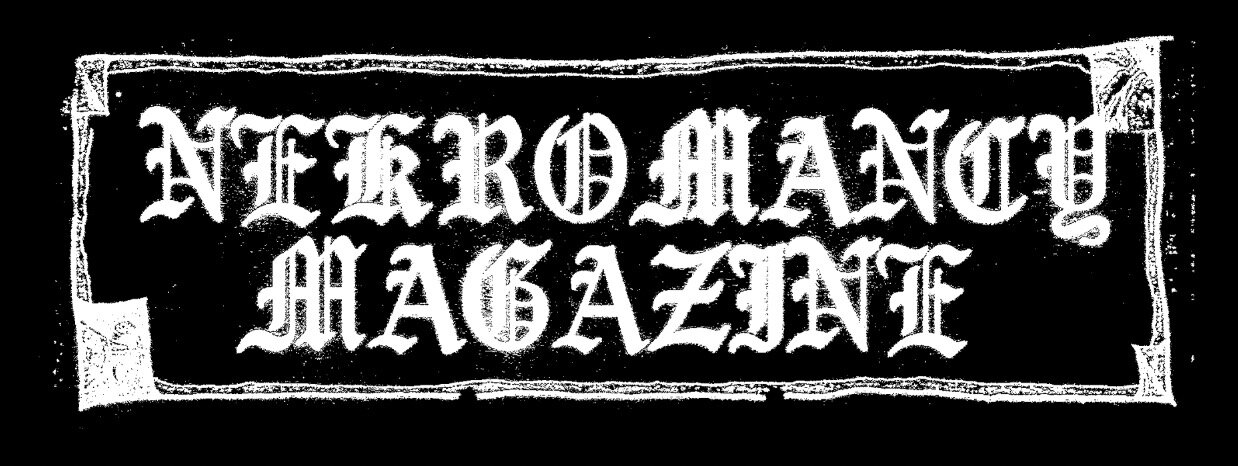The Mother of Horror: The Legacy of Mary Shelley.
February 17, 2021 ● Laura Edwards
Frankenstein (1931)
Mary Shelley was 19 when she first penned Frankenstein - the first science fiction and horror novel which intertwined societal rejection and the evolving scientific methods of ‘playing God’. The tale which is known and loved by masses, questions the boundary between life and death by drawing from a plethora of influences; the tragedy of Shelley’s mother’s death, her own multiple miscarriages and Luigi Galvani’s scientific experiments on making dead frogs legs twitch with electrical currents – all of which augmented her morbid fascination of death.
The idea began due to Shelley’s frequent nightmares of a creator who loathed his living creation, she turned this nightmare into Lord Byron’s ghost story game and the game into a novel. Frankenstein was first published in 1818 anonymously, Shelley’s name only appeared on the second edition in 1823. The novel spoke of Dr Frankenstein, a man who created a creature of free-spirit and curiosity, although due to the creature’s horrific ugliness he refused to love and nurture him. The creatures ‘catastrophic rejection’ from Frankenstein leaves him deserted, alienated further by society – he’s intrinsically good but society makes him seek revenge. His very birth being his ‘Joker’ moment. The story investigates the endless possibilities of science, putting pen to paper about what could happen if people went too far, fusing together influences of Christianity and Greek Mythology.
Frankenstein (1931)
Frankenstein’s tale has become a key fixture in popular culture, with the character of ‘monster’ and ‘mad scientist’ remaining as one of the most recognisable icons in fiction today. After theatre adaptations in 1823, in 1910 the first film interpretation of Frankenstein was released by Edison Studios – a 15-minute silent feature which was accompanied by music. The portrayal emphasises heavily the ambiguous supernaturalism, necromancy and the occult, whilst presenting a grotesque monster highlighting the psychological elements of Shelley’s novel.
The first sound adaptation of the story shortly followed in 1931, by Universal Pictures – this adaptation was viewed as a ‘double-edged sword’ that secured the story's longevity but obscured Shelley’s true objectives. Universal Pictures produced an array of sequels and B roll films to its 1931 original. With them, Mary Shelley’s story was buried as the industry continued adapting the story of Frankenstein to the point that many people believed that Frankenstein’s monster was Universal Pictures creation.
Bride of Frankenstein (1935)
In 1945, The House of Dracula crossed over the creature’s story with the likes of Dracula and Wolfman. Later in 1957 Hammer films decided to focus less so on the creature, but more Dr Frankenstein himself, releasing The Curse of Frankenstein. The focus of the creature has merged frequently with the likes of Dracula, as seen in 2004 Van Helsing. Mary Shelley’s novel spawned multiple interpretations further from this; early Japanese and Italian Horrors, a Blaxploitation, a film where Frankenstein is part hooker and later countless child-friendly films such as Frankenweenie and Igor. Shelley’s story has influenced further, with less horror focused movies such as The Rocky Horror Picture Show and 2001: A Space Odyssey.
“How I, then a young girl, came to think of, and to dilate upon, so very hideous an idea?”
It’s indisputable that 19-year-old Mary Shelley has cemented her legacy in Horror and popular culture. The story rejuvenates in current day, circulating similar anxieties of science and ‘playing God’ with the fear of AI. Such films as Blade Runner and Ex Machina undeniably question the similar moral quandaries that Mary Shelley had regarding science all that time ago in 1818 – re-enforcing her work as ageless and prevalent as ever.
Laura Edwards ● Writer
Instagram: @laurelbaby99
Twitter: @laurelbaby99
Manchester based creative, caught between music, crafting and writing. Raised on ghost stories and the paranormal, loves to indulge in binge watching horror films and tv series.



